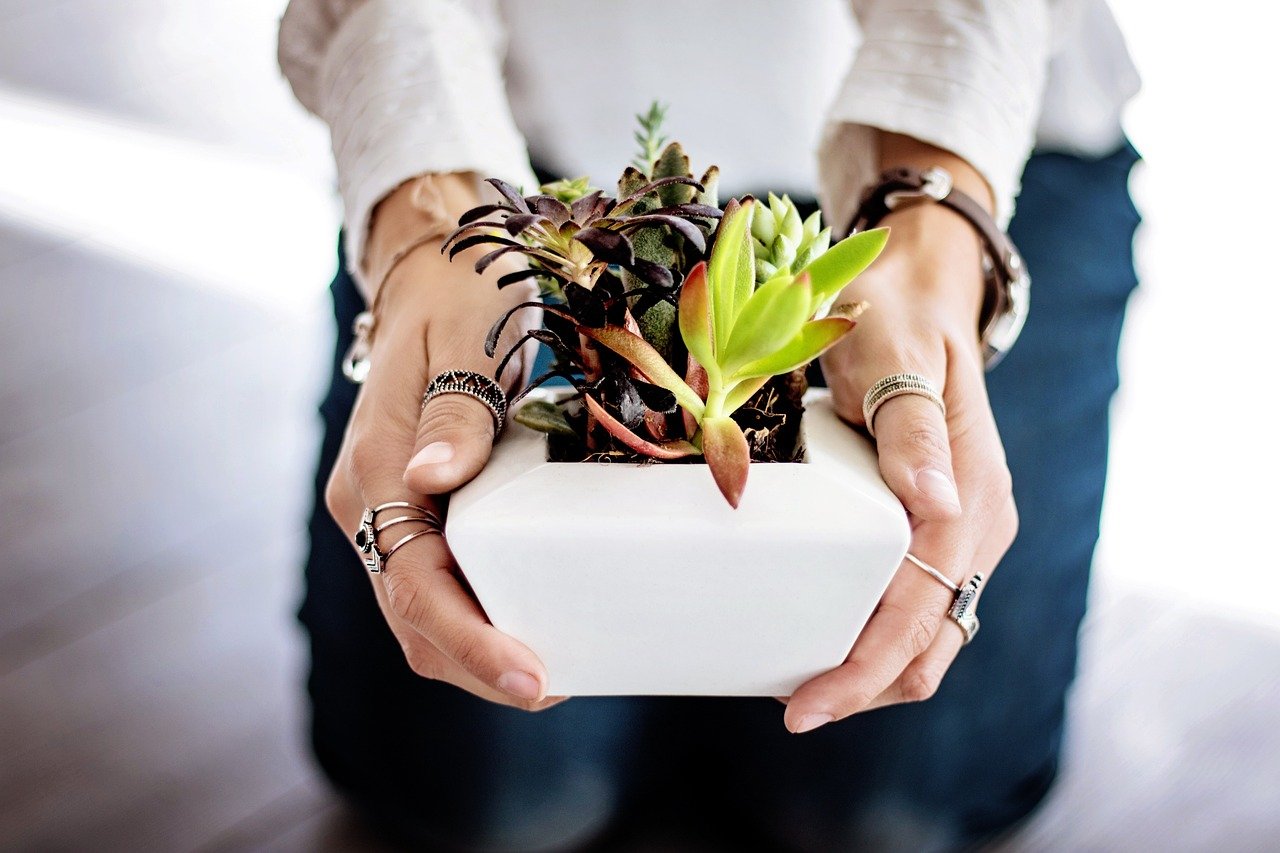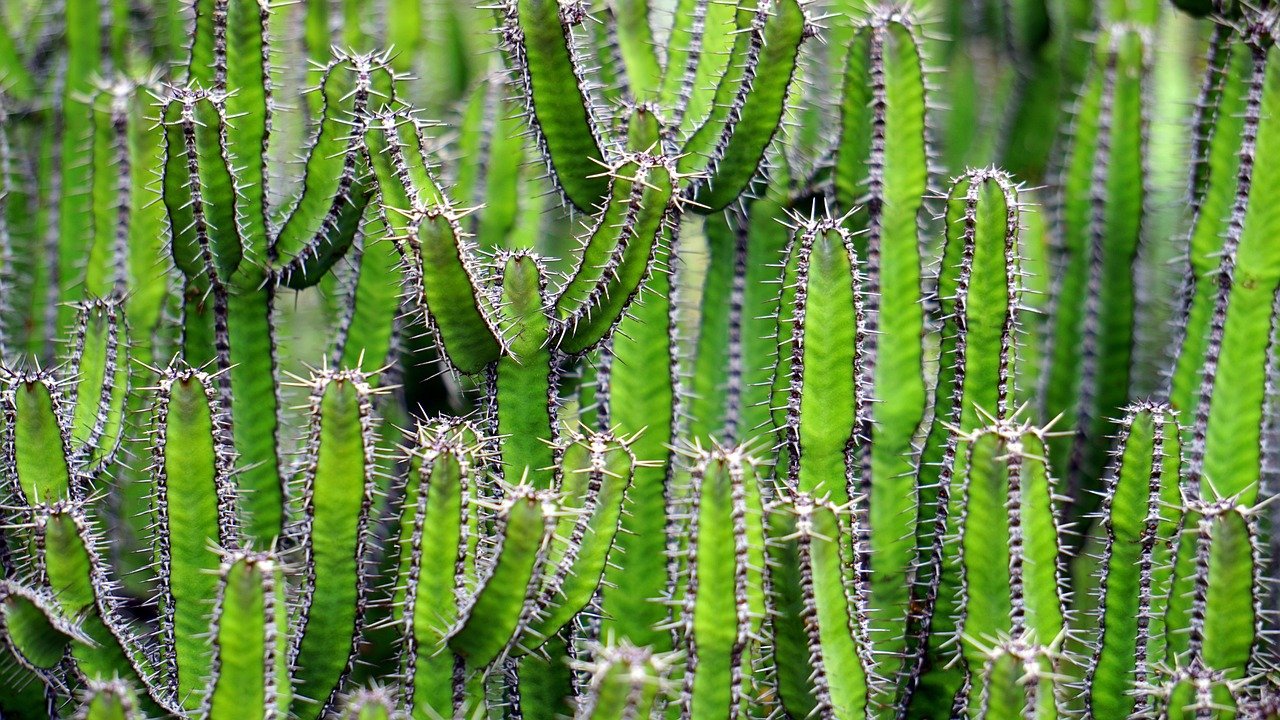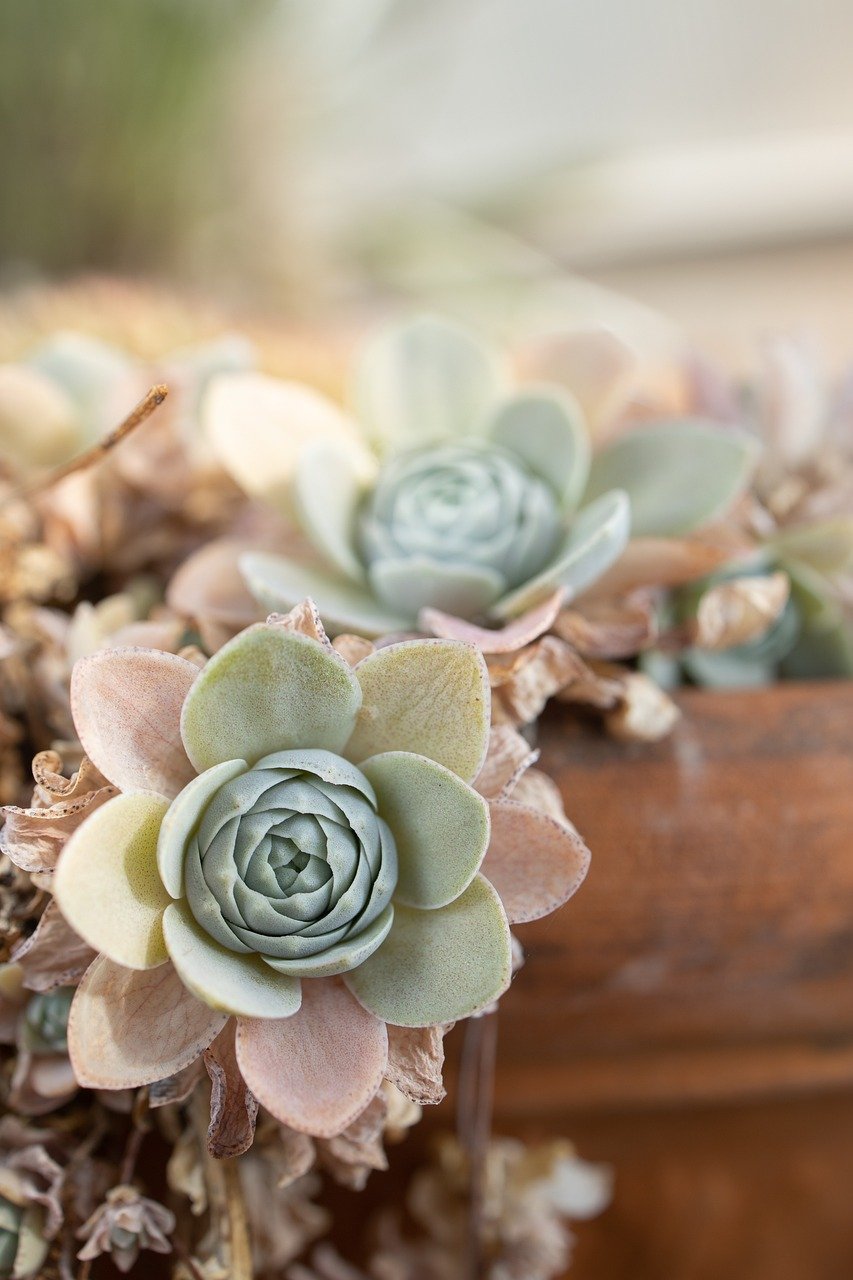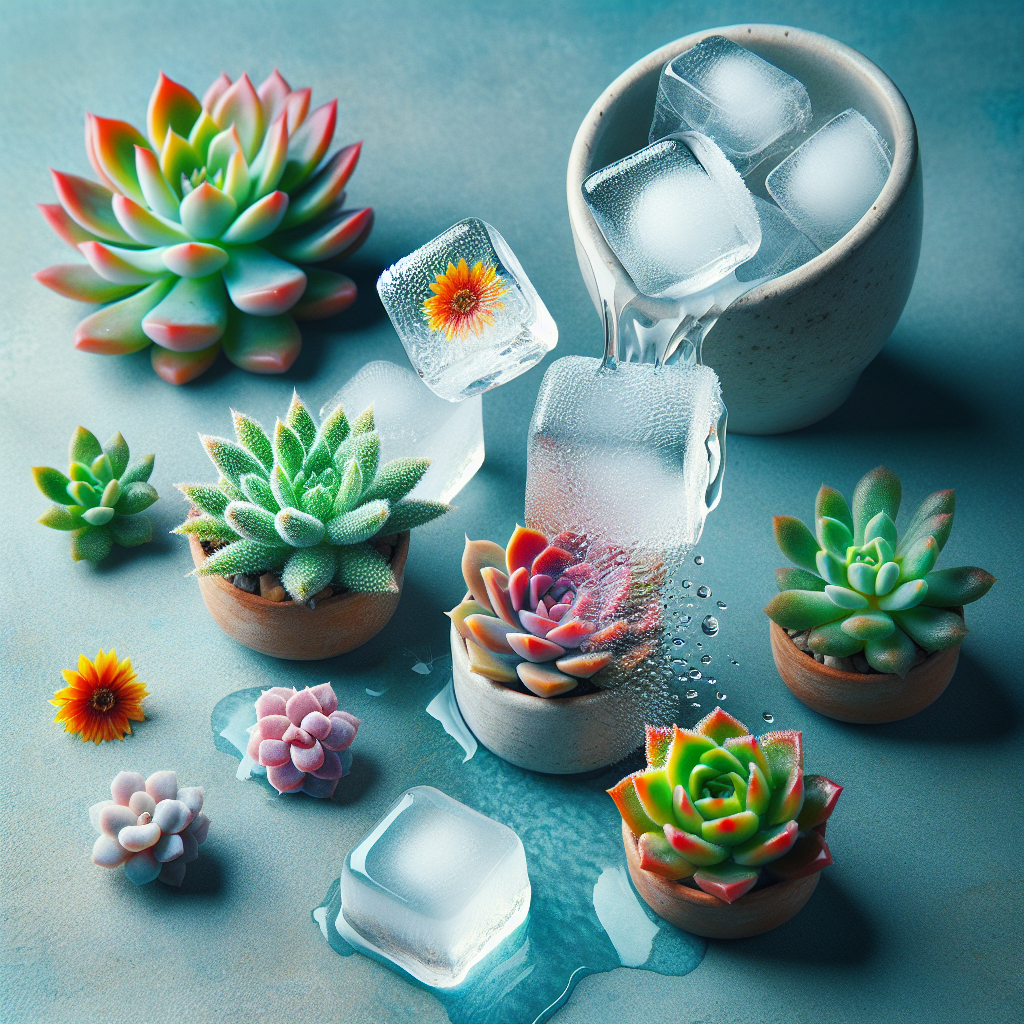If you’re a plant lover and the proud owner of some beautiful succulents, you may have asked yourself this question before: Can I use ice cubes to water my succulents? It’s a common query among succulent enthusiasts, as this trendy method seems like a convenient and unique way to hydrate your delicate plants. In this article, we will explore whether using ice cubes as a watering method is suitable for your succulents or if it’s just a chilling myth. So, grab a cool drink and let’s find out!
Benefits of Using Ice Cubes for Watering Succulents
Controlled Watering
One of the main benefits of using ice cubes for watering succulents is the ability to control the amount of water they receive. Unlike traditional watering methods where water can easily overflow or saturate the soil, ice cubes melt slowly, allowing for a gradual and measured release of water. This helps prevent the succulents from being overwhelmed with excessive moisture.
Prevents Overwatering
Overwatering is a common issue when it comes to caring for succulents. These plants have adapted to survive in arid environments with limited water availability. By using ice cubes, you can minimize the risk of overwatering your succulents. The slow melting process ensures that the water penetrates the soil at a manageable rate, preventing the roots from becoming waterlogged.
Prevents Root Rot
Root rot is a serious problem that can occur when succulents are exposed to too much water. It is caused by a fungus that thrives in damp and poorly drained conditions. By using ice cubes to water your succulents, you can reduce the likelihood of root rot. The controlled release of water from the melting ice cubes helps maintain proper soil moisture levels, minimizing the risk of fungal growth and root damage.
Effectiveness of Ice Cubes for Succulents
Suitability for Certain Succulent Varieties
While using ice cubes for watering succulents can be beneficial, it is important to consider the specific needs of different succulent varieties. Some succulents are more tolerant of moisture and can handle more frequent watering, while others require a drier environment. Before using ice cubes, it is recommended to research the specific watering requirements of your succulent species to ensure that it is a suitable method for them.
Effect on Soil and Root Health
The use of ice cubes for watering succulents can have a positive impact on soil and root health. The slow melting of the ice cubes allows the water to be absorbed gradually by the soil, promoting deeper root growth. This helps the succulents develop a stronger root system, enhancing their overall health and resilience.
Impact on Growth and Health
Properly watering succulents is essential for their growth and overall health. Using ice cubes as a watering method can contribute to the growth and health of succulents by providing them with the right amount of water in a controlled manner. This can result in vibrant and thriving succulents that are better equipped to withstand environmental stressors.

Proper Way to Use Ice Cubes for Watering Succulents
Choosing the Right Succulent Variety
Before using ice cubes for watering succulents, it is crucial to select the right variety of succulents that can tolerate this method. Some succulents, such as Echeveria and Sedum, can do well with ice cube watering, while others may prefer different watering techniques. Research the specific needs of your succulent species to ensure compatibility with ice cube watering.
Determining the Amount of Water Needed
To determine the appropriate amount of water needed for your succulents, consider factors such as the size of the plant, pot size, and environmental conditions. As a general guideline, most succulents require watering when the top inch of the soil is dry. Use this as a reference point to gauge how many ice cubes should be used. Start with a small number of ice cubes and monitor the plant’s response before adjusting the amount accordingly.
Placing the Ice Cubes Correctly
Proper placement of the ice cubes is essential to ensure effective watering of your succulents. Place the ice cubes directly on the soil, avoiding contact with the leaves and stems of the plant. This allows the water to slowly melt and seep into the soil, reaching the roots where it is needed. Avoid overcrowding the pot with too many ice cubes, as this can lead to excessive moisture and potential damage to the succulent.
Monitoring and Adjusting the Watering Schedule
It is important to monitor the condition of your succulents regularly and adjust the watering schedule as needed. The frequency of watering will depend on various factors such as the succulent species, potting mix, and environmental conditions. Observe how the plant responds to the ice cube watering method and adjust the frequency accordingly. Remember, it is better to underwater than to overwater succulents.
Alternative Watering Methods for Succulents
Using a Spray Bottle
Using a spray bottle is another popular watering method for succulents. This method allows for more precise control over the amount of water applied to the plants. Simply mist the leaves and soil lightly, ensuring not to saturate the soil. This method is particularly useful for succulents with delicate or fuzzy leaves that may be damaged by direct watering.
Bottom Watering Technique
Bottom watering involves placing the potted succulent in a tray filled with water, allowing the plant to absorb water through the drainage holes in the bottom of the pot. This method ensures that the roots receive the necessary moisture while minimizing the risk of overwatering. It is important to remove the pot from the tray once the topsoil is moist to avoid waterlogging.
Dunk-and-Dry Method
The dunk-and-dry method involves fully immersing the potted succulent in water for a short period, typically a few minutes, and then allowing it to drain thoroughly before returning it to its original position. This method can help ensure that the entire root system receives adequate moisture, while allowing excess water to drain away. It is important to use well-draining soil and not leave the succulent sitting in excess water after it has drained.
Watering Directly from the Tap
While not the preferred method for succulents, watering directly from the tap can be used if done carefully. Ensure that the tap water is at room temperature and allow it to sit for a period to dissipate any chlorine or chemicals. Water the soil directly, avoiding the leaves and stems. Keep in mind that tap water can vary in mineral content, so using a water filter or allowing the water to stand overnight can help reduce potential harm to the succulent.

Expert Tips and Recommendations
Consider Climate and Environmental Factors
When caring for succulents, it is important to consider the specific climate and environmental factors in your area. Succulents are adapted to arid conditions and generally thrive in areas with low humidity and ample sunlight. Adjust your watering schedule and method based on these factors to ensure the succulents receive the appropriate amount of moisture.
Observe Physical Signs of Watering Needs
To determine when your succulents need watering, it is beneficial to observe their physical signs. Look for signs such as wrinkling or drooping leaves, which indicate dehydration. However, it is important not to rely solely on these signs, as they can also indicate other issues. Regularly check the moisture level of the soil and adjust your watering schedule accordingly.
Use a Well-Draining Soil Mix
To prevent waterlogged soil and potential root rot, it is essential to use a well-draining soil mix for your succulents. This type of soil allows excess water to flow through, preventing it from pooling around the roots. A common recipe for a well-draining soil mix is a combination of regular potting soil, coarse sand, and perlite. This mixture provides adequate drainage while retaining enough moisture for the succulents.
Common Mistakes to Avoid When Using Ice Cubes for Succulents
Using Too Many Ice Cubes at Once
While ice cubes can be an effective watering method, it is important not to use too many at once. Overwhelming the succulents with excessive water can lead to root rot and other issues. Start with a small number of ice cubes and observe how the plant responds before adjusting the amount as needed.
Neglecting to Adjust for Temperature Variations
Temperature variations can affect the watering needs of succulents. During cooler months or in colder climates, succulents require less frequent watering. Conversely, in warmer temperatures or during the summer months, they may require more water. Be mindful of these temperature fluctuations and adjust your watering schedule accordingly to prevent under or overwatering.
Skipping Regular Watering Checks
Even with the use of ice cubes or any other watering method, it is vital to regularly check the moisture level of the soil. Succulents may still require additional watering even if you are using ice cubes. Using a moisture meter or simply feeling the top inch of the soil can help determine whether your succulents need more water. It is always better to check and water when necessary than to assume the ice cubes are sufficient.

Conclusion
Using ice cubes for watering succulents can offer a range of benefits, including controlled watering, prevention of overwatering, and protection against root rot. However, it is important to consider the suitability for specific succulent varieties and monitor the overall health and growth of the plants. By following the proper techniques and considering alternative watering methods, you can ensure the optimal care for your succulents and help them thrive. Remember to observe expert tips, avoid common mistakes, and adjust your approach based on the individual needs of each succulent. Happy watering!
References
- “Can I Use Ice Cubes To Water My Succulents?” Leaf & Clay, n.d., www.leafandclay.co/blogs/news/can-i-use-ice-cubes-to-water-my-succulents. Accessed 21 October 2022.



